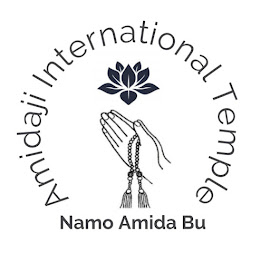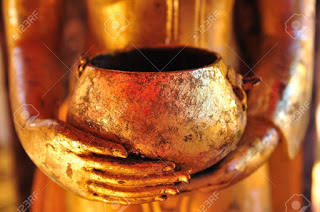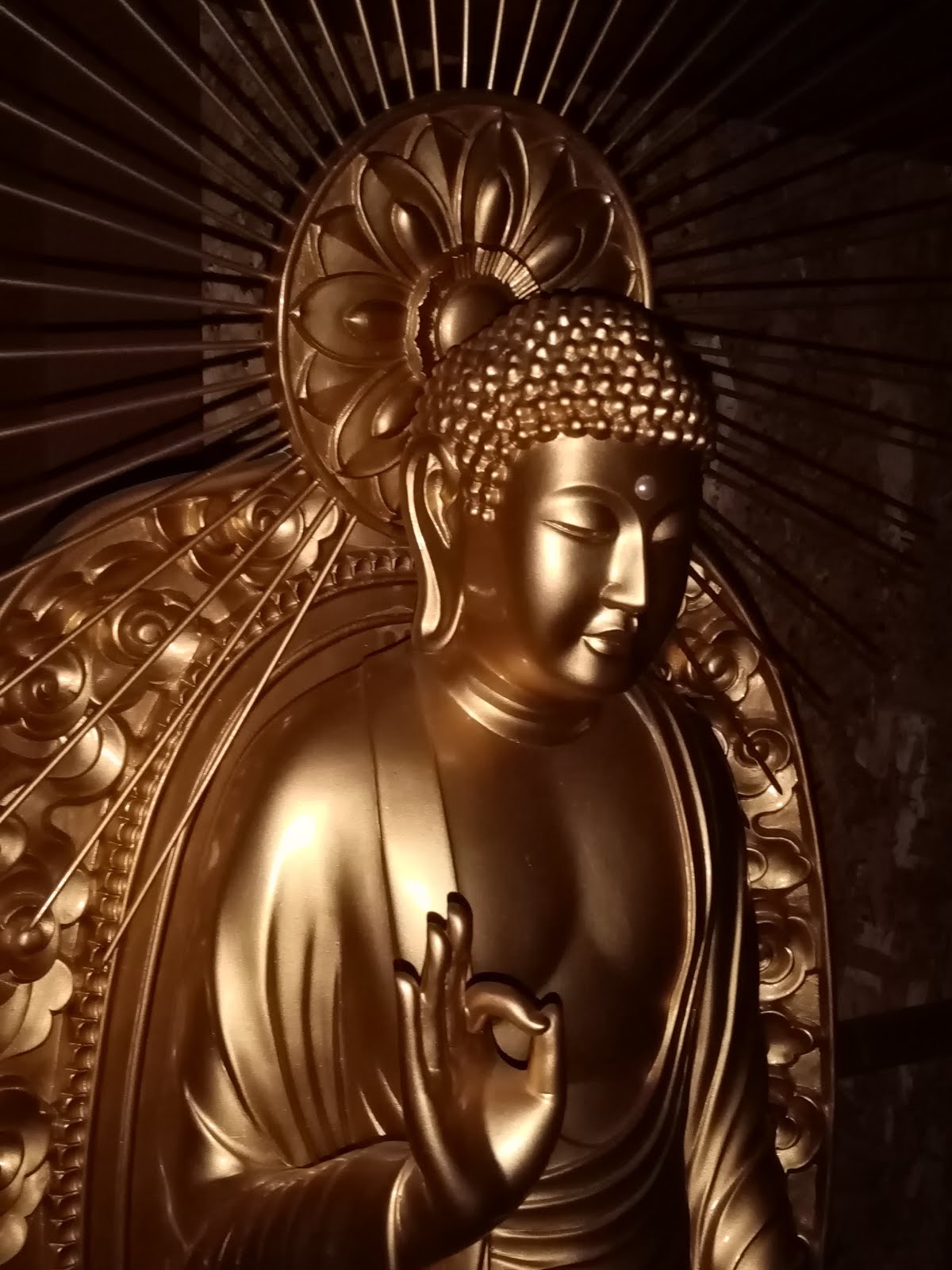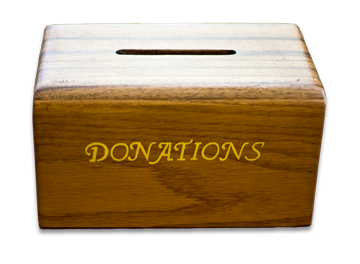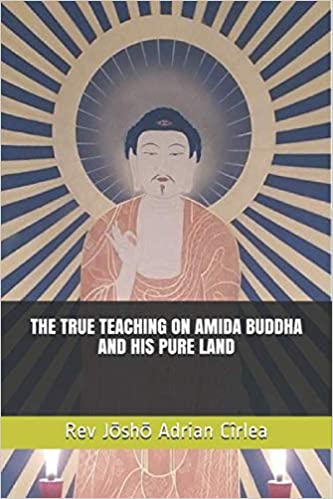 |
| the cover of the first edition of my book on the 48 Vows |
At the moment Dharmakara became Amida Buddha, His 48 vows and His Pure Land
became real and effective methods for the salvation of sentient beings. For a
better understanding, I arranged them in four categories. The highlighted numbers represent a vow that has been revised. Click on it to read the revised explanations.
1. Vows about Amida Buddha and His Pure Land
2. Vows related to the salvation of all sentient
beings
- Vows related to bodhisattvas in other lands (not yet born in the Pure Land
When explaining these vows I will sometime mention the passages in the sutra
that, according to Shinran, prove they were brought to fulfillment after Dharmakara
attained Buddhahood and became Amida Buddha.

